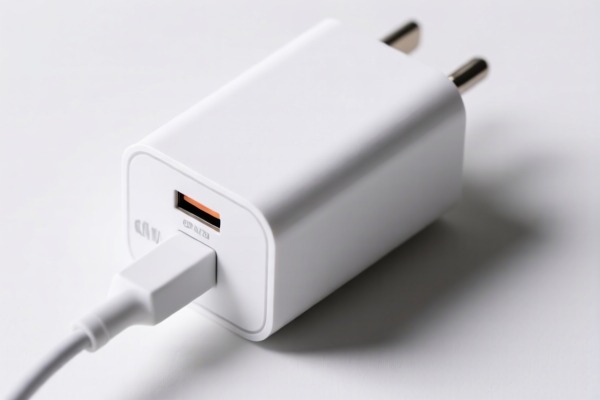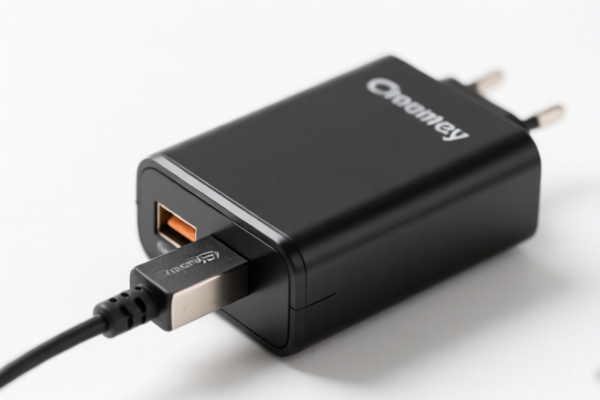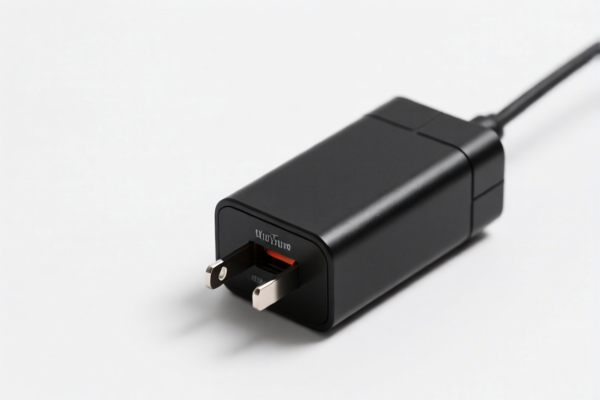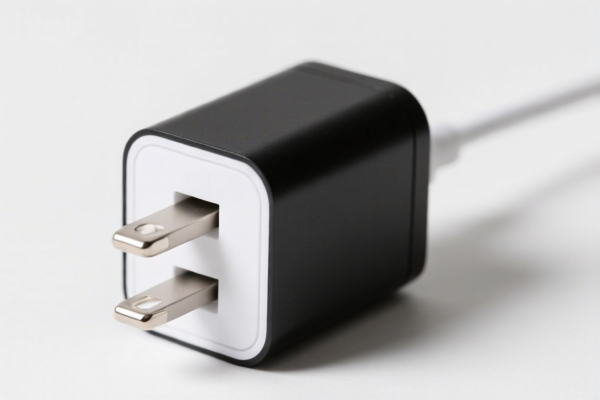| HS Code | Official Doc | Tariff Rate | Origin | Destination | Effective Date |
|---|---|---|---|---|---|
| 8473509000 | Doc | 55.0% | CN | US | 2025-05-12 |




Okay, let's break down the classification and duty implications for your declared item "CHARGING CONTROLLER" based on the provided information. It appears you have two potential HS code classifications listed, and we'll analyze both.
Analysis of Potential HS Code Classifications for "CHARGING CONTROLLER"
Here's a structured breakdown, aiming for clarity and actionable insights:
1. HS Code 8535.90.00 (Boards, panels, consoles, desks, cabinets and other bases, equipped with two or more apparatus of heading 8535 or 8536, for electric control or the distribution of electricity...)
- Chapter 85: Electrical machinery and equipment. This chapter covers a broad range of electrical devices.
- 8535: Specifically, this heading covers electrical boards, panels, consoles, etc., equipped with multiple electrical components.
- 8535.90: "Other" – This is a residual subheading, meaning it covers items within 8535 that don't fit into more specific categories.
- 8535.90.00: Further specifies "Other" within the 8535.90 category.
Applicability to "CHARGING CONTROLLER": This HS code could be applicable if your charging controller is integrated into a panel, console, or cabinet-like structure and contains multiple electrical components (e.g., power supplies, circuit boards, control units). It's important to note the "equipped with two or more apparatus" requirement.
Duty Implications (Not provided for this HS Code): Since duty information isn't provided for this HS code, you'll need to consult the latest tariff schedule for your importing country to determine the applicable rates.
2. HS Code 8473.50.90.00 (Parts and accessories suitable for use solely or principally with machines of headings 8470 to 8472...)
- Chapter 84: Nuclear reactors, boilers, machinery and mechanical appliances; parts thereof.
- 8473: This heading covers parts and accessories for machines used in various manufacturing processes.
- 8473.50: Specifically for parts and accessories of machines of headings 8470 to 8472.
- 8473.50.90.00: "Other" – This is a residual subheading, covering parts and accessories that don't fit into more specific categories within 8473.50.
Applicability to "CHARGING CONTROLLER": This HS code is more likely applicable if your charging controller is a component designed to be used with a larger machine (e.g., an electric vehicle, a battery production line, a testing device). The key is whether it functions as a standalone device or as part of a larger system.
Duty Implications:
- Basic Duty: 0.0%
- Additional Duty: 25.0%
- Post-April 2025 Additional Duty: 30.0%
- Total Duty: 55.0%
Important Considerations & Recommendations:
- Functionality is Key: The most important factor in determining the correct HS code is the function of the charging controller. Is it a standalone unit, or is it an integral part of another machine?
- Material Composition: The material composition of the charging controller can also influence classification.
- Single vs. Multiple Use: If the controller can be used with multiple types of machines, 8473.50.90.00 is more appropriate.
- Detailed Description: Provide a very detailed description of the charging controller to customs officials. Include specifications, intended use, and any relevant technical information.
- Certification: Depending on the destination country, you may need specific certifications for electrical safety and compliance (e.g., CE marking, UL listing). Please verify the required certifications for your specific import destination.
- Valuation: Ensure the declared value (single price) is accurate, as this impacts duty calculations.
- Post-April 2025 Duty Changes: Be aware of the increased additional duty rate of 30% coming into effect after April 2025.
Disclaimer: I am an AI assistant and cannot provide definitive customs classification advice. This information is for general guidance only. It is strongly recommended to consult with a licensed customs broker or your local customs authority for a binding classification ruling. They can assess your specific product and provide accurate duty information.
Customer Reviews
The images of the charging controller helped me visualize the product. The HS code and tariff info were spot on for my needs.
The mention of required certifications like CE and UL was a nice touch. I didn’t know that was relevant for HS Code classification.
Great resource for finding HS codes and tariff rates. The detailed breakdown of 8473.50.90.00 was exactly what I needed for my export documentation.
The analysis was good, but I was confused about how to determine if the charging controller is a standalone unit or a part of a larger system. More guidance would be helpful.
I found the info on the 55% tariff rate and the post-April 2025 increase super important for planning my shipping costs. Thank you!